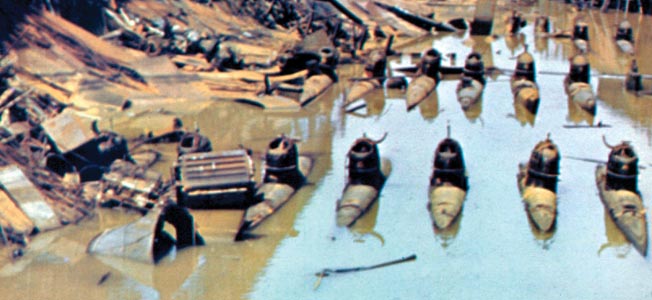
Pacific Theater
The Japanese Raid on Sydney Harbor: “One in a Thousand Chance”
By Christopher MiskimonThe year 1942 was one of crisis for the Allied cause in the Pacific. Until May, almost everything had gone in favor of Imperial Japan. Read more
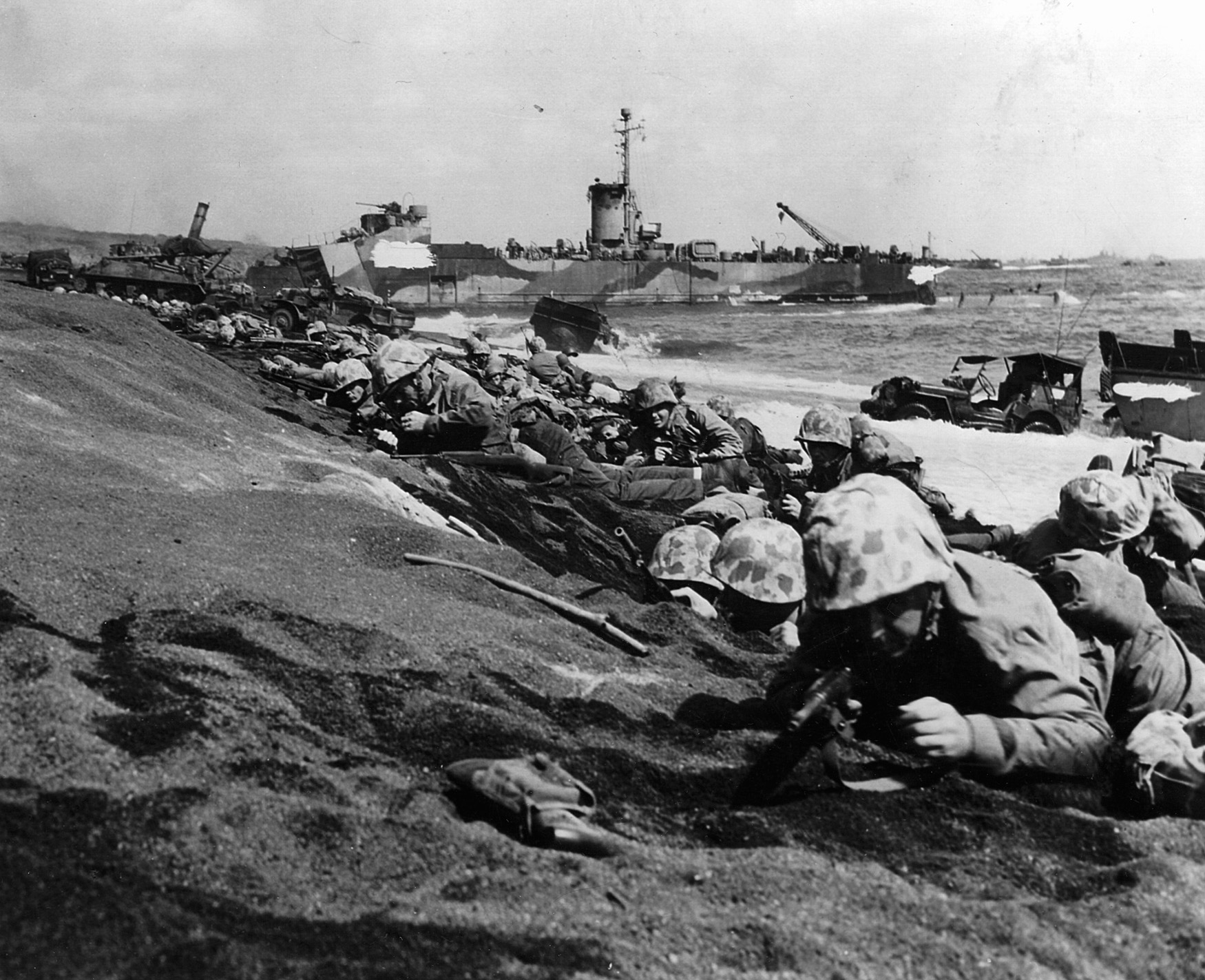
The Pacific Theater during World War II is generally regarded as the area of military confrontation between the Allied powers and Imperial Japan. The Pacific Theater consists of the entire operational expanse of the war from the Aleutian Islands in the north to Australia in the south, including island chains such as the Solomons, Gilberts, Marshalls, and Marianas. The China-Burma-India (CBI) Theater is also considered a major component of the Pacific Theater.

Pacific Theater
The year 1942 was one of crisis for the Allied cause in the Pacific. Until May, almost everything had gone in favor of Imperial Japan. Read more
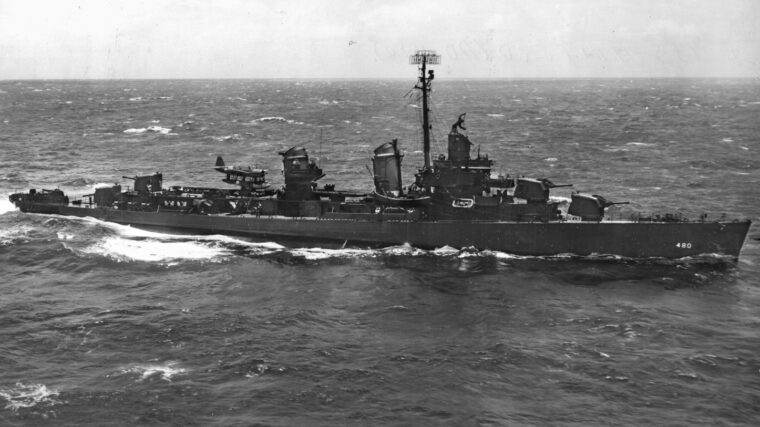
Pacific Theater
The Fletcher-class destroyer was one of the finest, most versatile warships of World War II. More than 170 of them were built, a figure that far exceeds the total of any other type of warship of the era. Read more
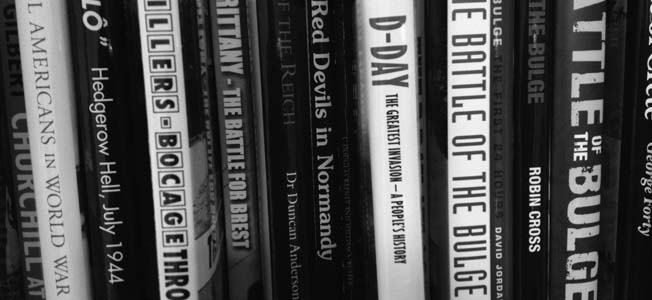
Pacific Theater
American General George S. Patton, Jr., and German Field Marshal Erwin Rommel both demonstrated the masterful employment of armored forces in many World War II military campaigns. Read more
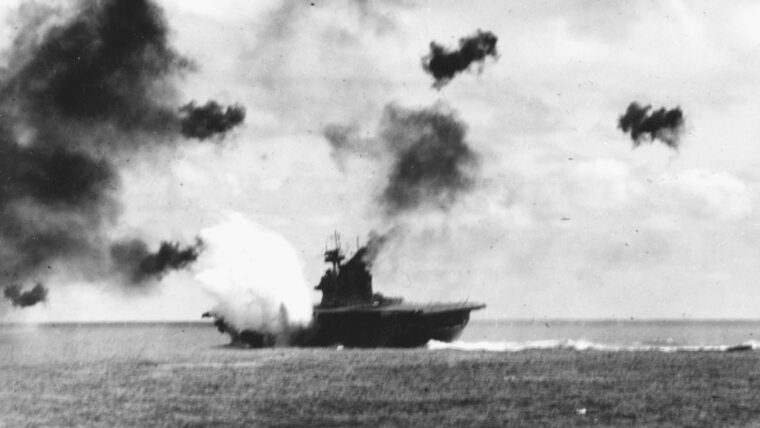
Pacific Theater
Six months after the attack on Pearl Harbor, Admiral Isoroku Yamamoto, commander of the Combined Fleet of the Imperial Japanese Navy, sought to extend Japan’s defensive perimeter in the central Pacific with the seizure of Midway atoll, about 1,300 miles west of Hawaii. Read more
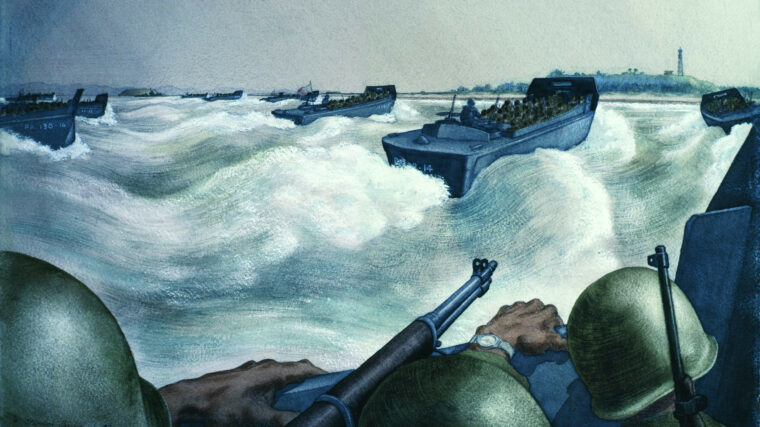
Pacific Theater
During the more than half a century since the end of World War II, there has been much speculation about what would have happened if President Harry Truman had not dropped the atomic bomb on Hiroshima and Nagasaki and the invasion of Japan had actually taken place. Read more
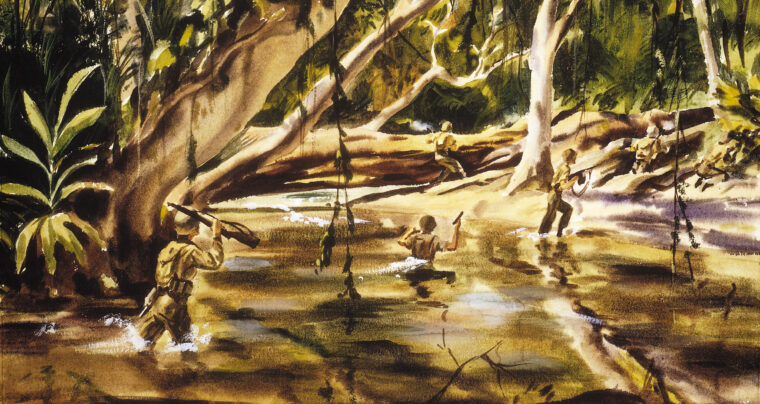
Pacific Theater
The summer of 1942 had brought uplifting news for the United States in the Pacific Theater. After a numbing series of setbacks, including the December 1941 surprise attack on Pearl Harbor and the subsequent fall of Guam and the Philippines, the nation’s Navy had husbanded its depleted forces and, with the crucial aid of naval intelligence, halted the Japanese in the May 1942 Battle of the Coral Sea and the June Battle of Midway. Read more
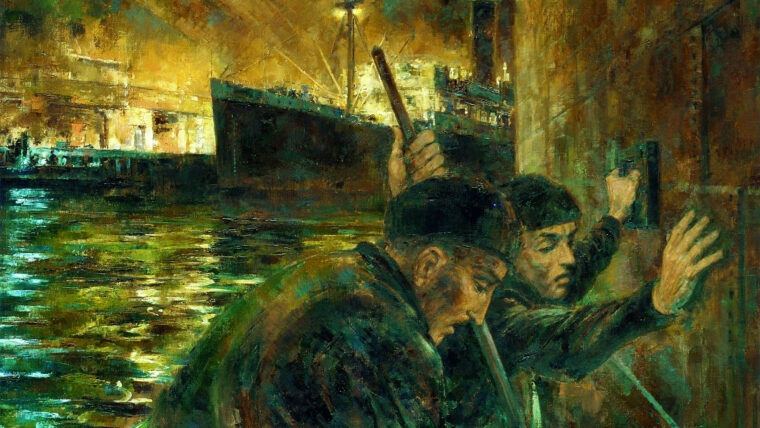
Pacific Theater
Hours after Japanese planes bombed Pearl Harbor in December 1941, Japanese troops landed in northern Malaya and began moving south toward Singapore. Read more
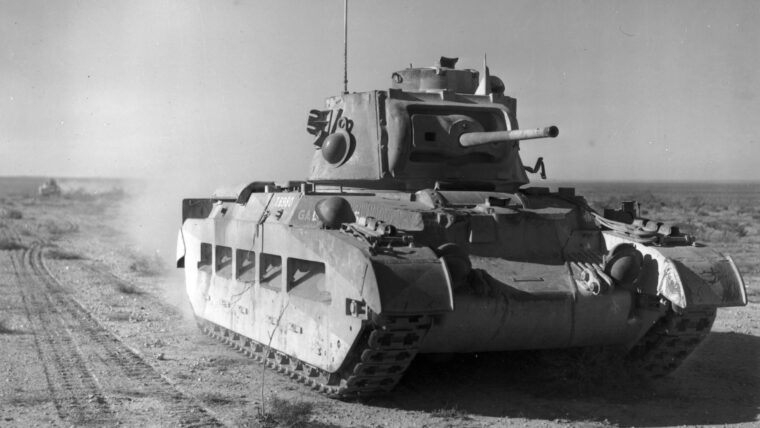
Pacific Theater
The origins of the Matilda Tank or “I” Tank date back to 1934, when Maj. Gen. Percy C.S. Read more
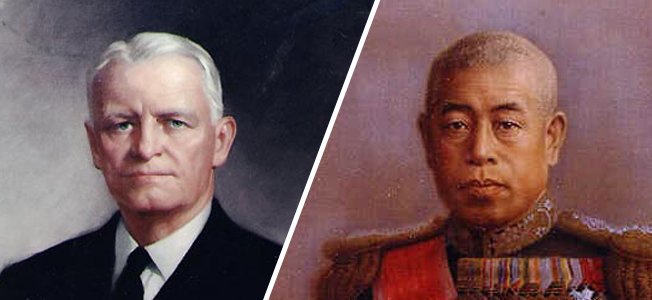
Pacific Theater
“Japan cannot defeat America; therefore, Japan should not go to war with America.” Admiral Isoroku Yamamoto, Commander-in-Chief of the Combined Fleet of the Imperial Japanese Navy, spoke those words to a group of school children as his government contemplated just that. Read more
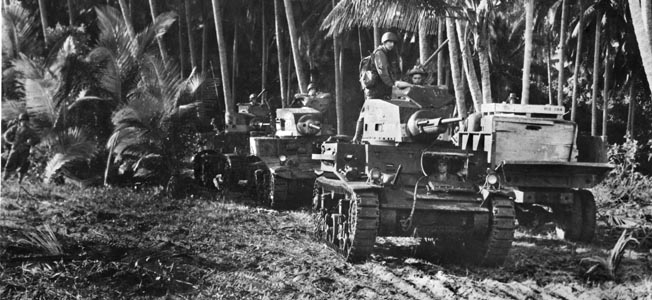
Pacific Theater
At about 2:30 on the morning of August 21, 1942, U.S. Marine units east of Henderson Field on the embattled island of Guadalcanal were awakened by several bursts of machinegun fire. Read more
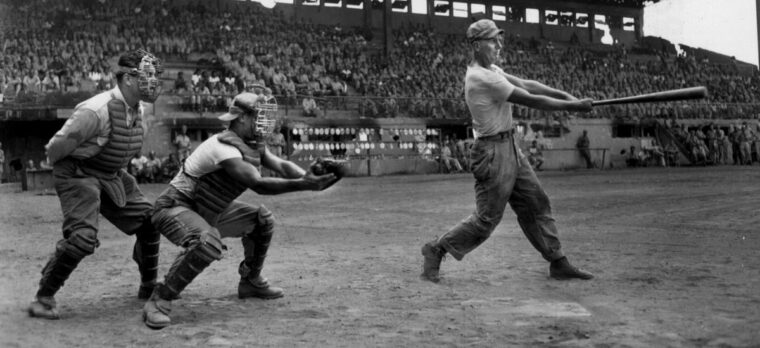
Pacific Theater
In the 1940s, war disrupted the lives of millions of people around the globe: fuel rationing, food rationing, shortages of all kinds, and, of course, the death and destruction that was visited on cities, nations, and whole populations. Read more
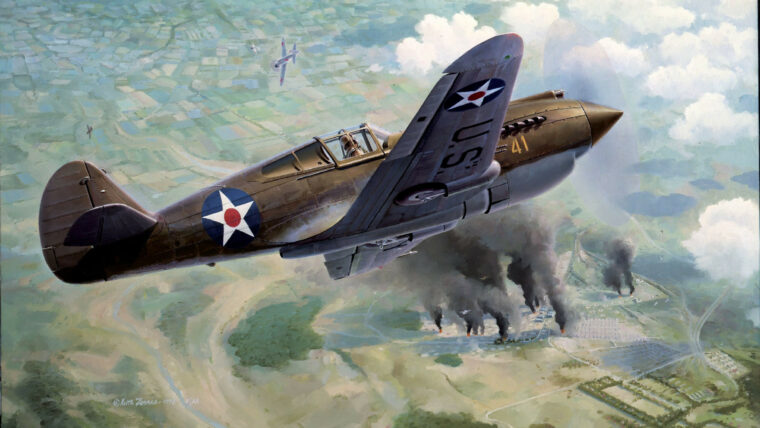
Pacific Theater
Lieutenant Colonel William Edwin Dyess, a U.S. Army Air Corps pilot and squadron commander, was considered a hero by men who served under him in the Philippines and who felt they owed their own lives to Ed’s sacrifice. Read more
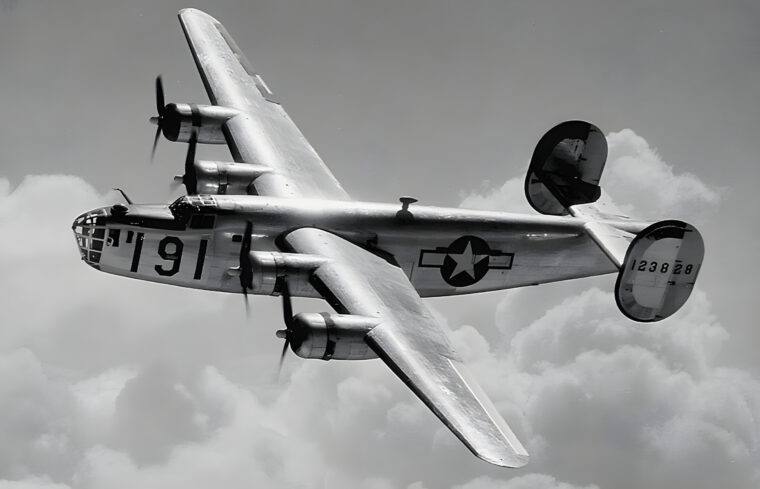
Pacific Theater
One of the most frequently discussed arguments to come out of World War II is which was the “better” bomber, the Boeing B-17 Flying Fortress or the Consolidated B-24 Liberator? Read more
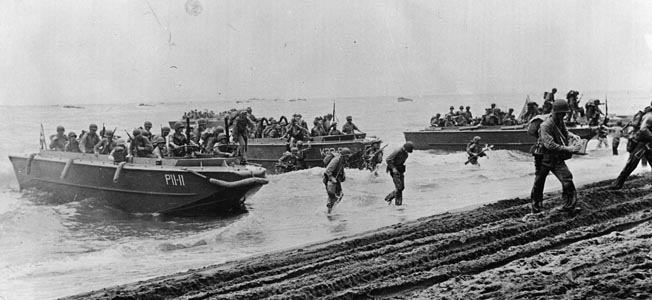
Pacific Theater
As the light of a sickly green flare shot skyward, three Marines from the 11th Machine Gun Squad, H Company, 2nd Battalion, 1st Marine Regiment crouched in the hole awaiting the Japanese onslaught on Guadalcanal. Read more
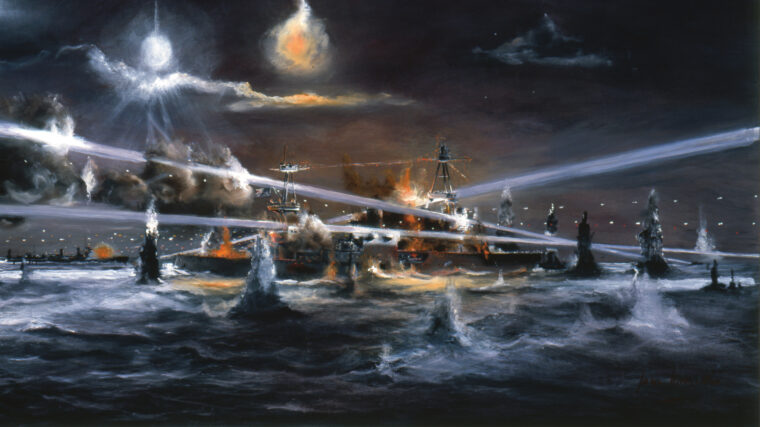
Pacific Theater
The heavy cruiser USS Houston ventured into the Sunda Strait off the coast of Java on the dark night of February 28, 1942, and was never heard from again. Read more

Pacific Theater
“One of the greatest heroes in American history never fired a bullet.” That is the tagline of Director Mel Gibson’s 2016 film, Hacksaw Ridge. Read more
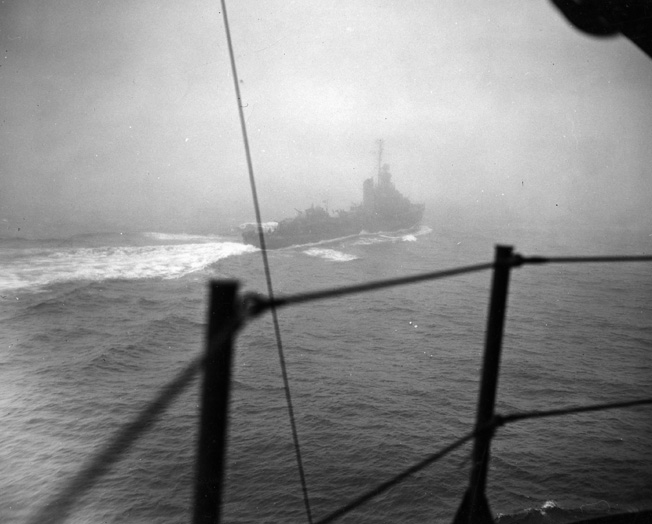
Pacific Theater
Stanley Johnston, a reporter for the Chicago Tribune accredited to the Navy as a correspondent, had made two forays into the South Pacific aboard the aircraft carrier Lexington. Read more
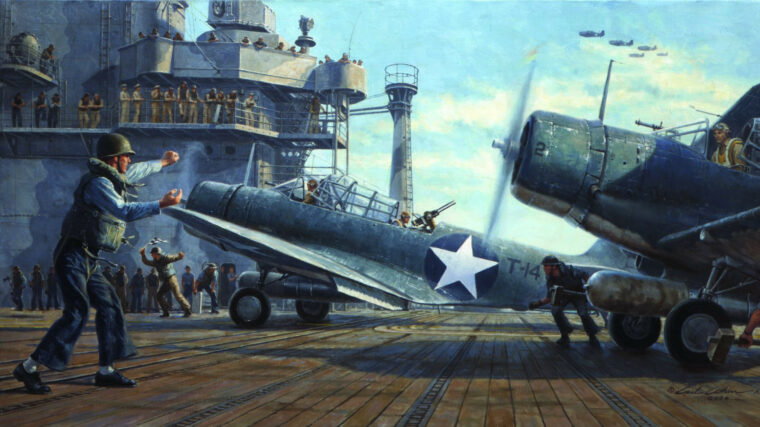
Pacific Theater
The pilots of Bombing Squadron 6 could not believe what they were seeing on the morning of June 4, 1942. Read more
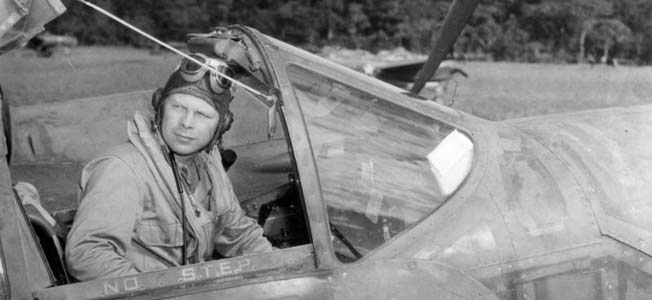
Pacific Theater
Without dispute, the P-38 was the airplane of the aces. While other fighter types had their share of aces, the P-38 was flown by most of the top scorers, of whom Major Richard Ira Bong was at the top of the heap. Read more
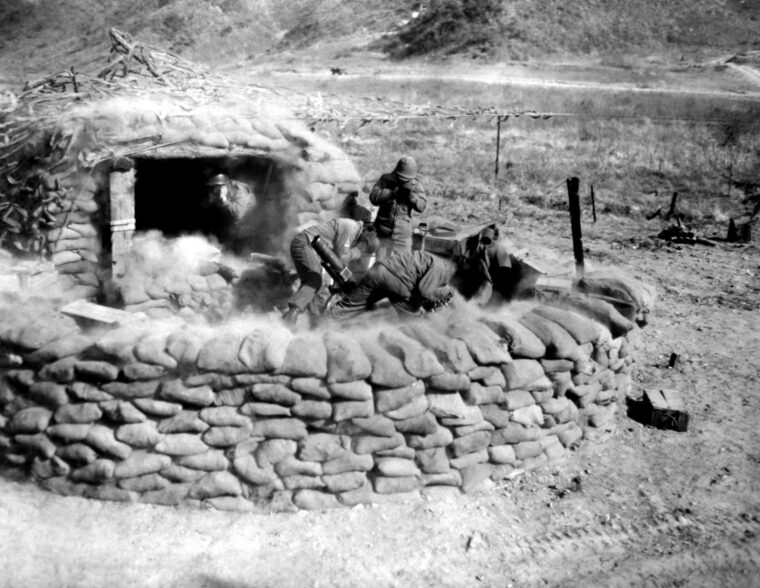
Pacific Theater
In the last days of March 1945, a soldier named Carl Getzel sat on a hill outside the city of Aschaffenburg and watched as it was slowly destroyed. Read more